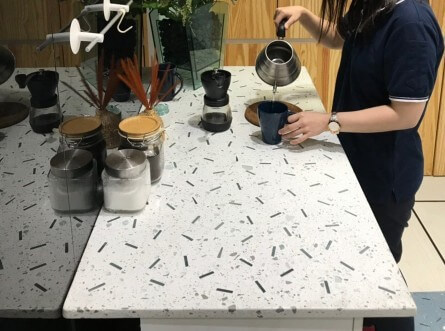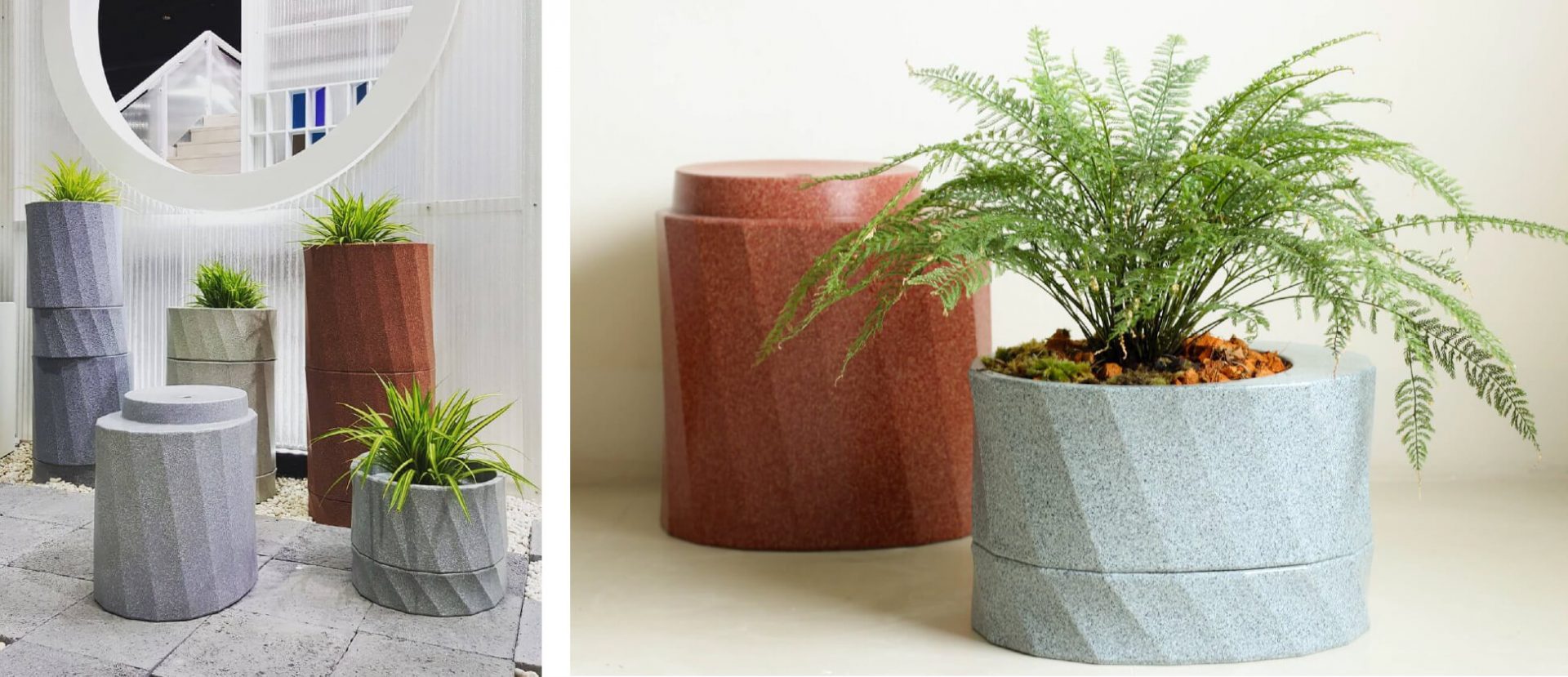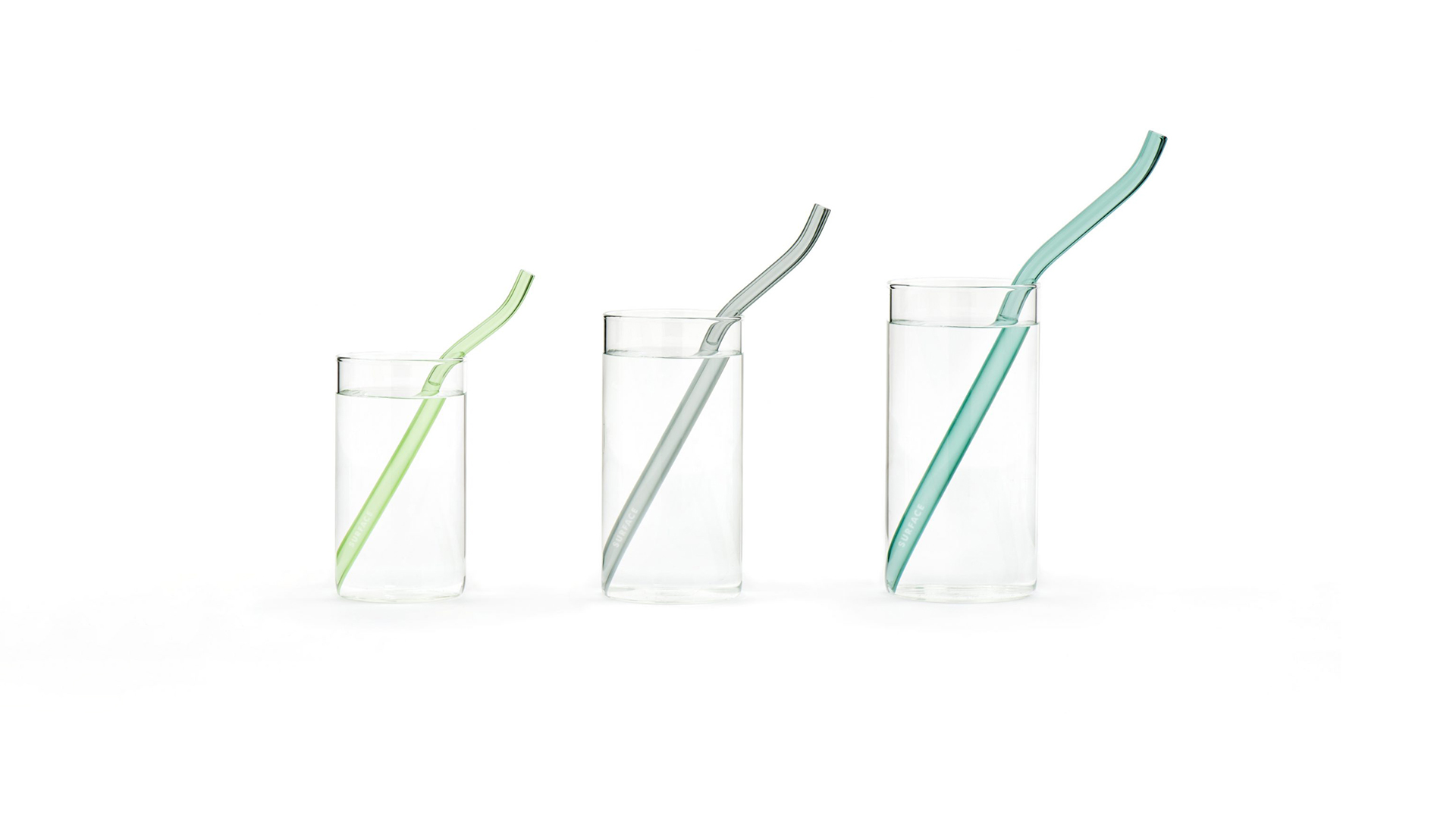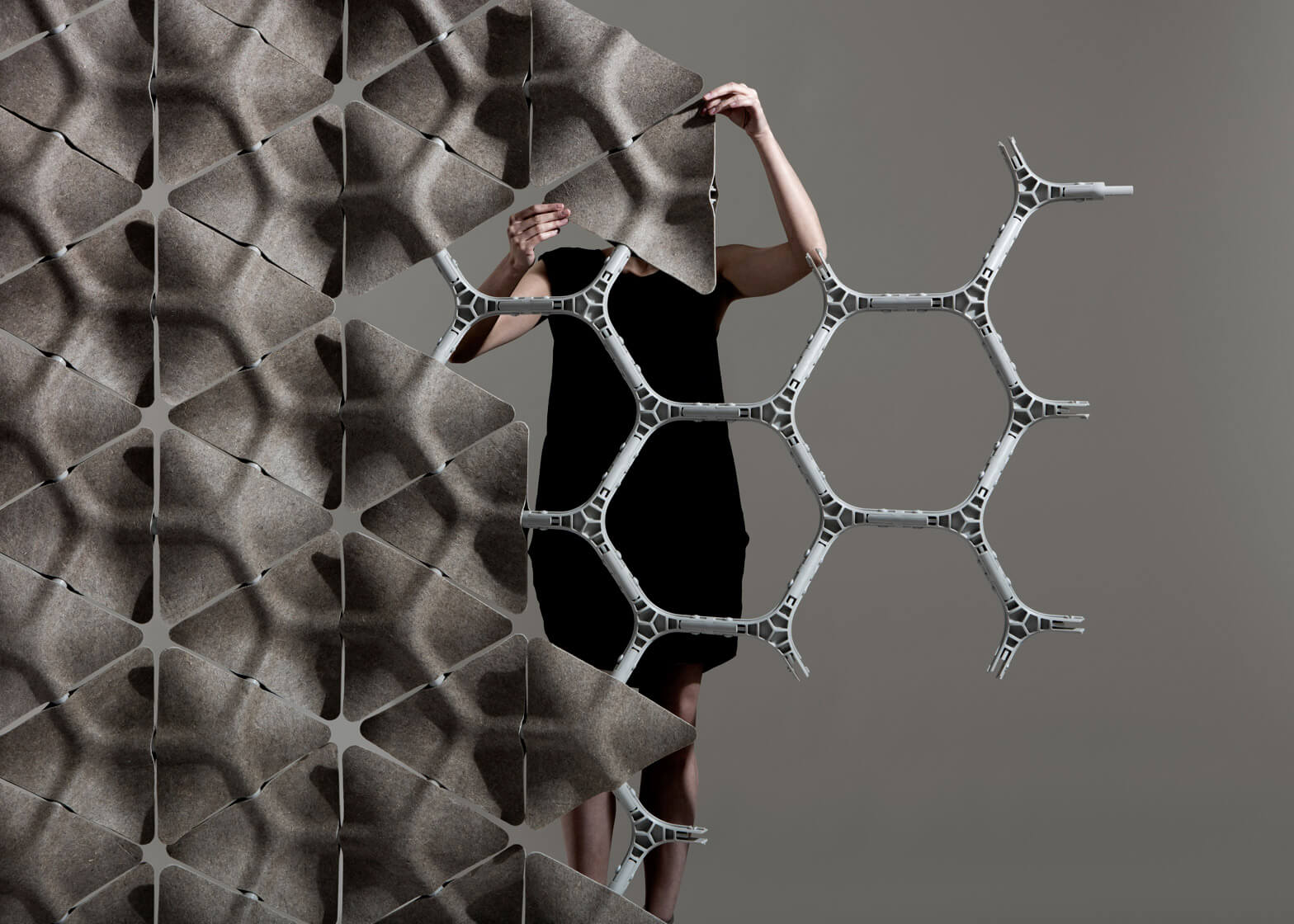Thailand’s promise to sustainable design

The flourishing and prolific design scene of the tropical country is committed to Circular Economy policies ensuring economic performance while reducing the creation of waste and integrating it in production processes instead.
History, geography, society, economics, politics, and religion – all create a unique impact on the style and design process of a country. The interpretation of their cultural uniqueness can be recognized in every country’s way of designing and it is especially noticeable and proudly displayed in Thai design.
The collective creativity of a country is conditioned by how it relates to diverse issues such as landscape, ideology, class, materials, and self-expression among others, and Thailand is no different. Throughout the decades, Thailand has approached design in its own and unique way. It was one of the first countries to benefit from the production migration of US and European manufactures, it took great advantage of its massive product manufacturing investments, and is one of the few countries that sees the true value in people’s craftsmanship and constantly supports its local design.
But while Thailand displays exceptional skills and produces excellent products, somehow people seem to still think of Thai design as mostly traditional crafts. What people fail to realize is that this tropical country has an incredible burgeoning design scene filled with culture, tradition, talent, and vision.


Thai design is rooted in eclecticism. Its prominent style has been shaped by the influences of its rich culture due to its trades and migrations, the royal court’s exquisite craftsmanship, and people’s inherent sense of playfulness. Every product designed in Thailand reflects these attributes, both in massive industries and hand-crafted works.
Over the past two decades, design in Thailand has shifted into industrial crafts, displaying not only its eclectic style but their expression ”Made by hand & heart” showcased in their fusion of design concepts, forms, colors, textures, and use of materials. This multi-cultural communication, eclectic influence, and their outstanding skills are behind the design concept of Thai products, making them comprehensible and well-accepted at a global scope.
Curious to know more about Thai design? Don’t miss The wonders of Thai design, from traditional ceramics to cutting-edge architecture.

Today, Thai industries, while well-established, are still finding their way and adapting to the ever-changing world’s consumerism situation. Many establishments, such as the Department of International Trade Promotion (DITP), have been supportive of the flourishing Thai design scene and are always looking for opportunities to showcase not only the talent of Thai designers around the globe but how Thailand is dealing with global issues such as the environmental crisis through their innovative and creative lens.

Turning waste into taste – Thailand’s take on the circular economy
Thailand, just like the rest of the world, is in a constant state of awareness when it comes to our environmental crisis. Just like many countries, Thailand has been facing environmental pollution issues since the 1980s due to its mass production industries, and while social campaigns and actions have been taken place to mitigate the overwhelming effects of industrial waste, it is still a pressing issue today.
Many Thai industries have taken important steps to target this problem, and one who has taken this issue to heart is the design industry. The Thai design scene is now flourished with designers determined to find a solution and who are shifting their focus to create a sustainable environment by designing with upcycled materials.
Designers, alongside establishments, such as the Department of International Trade Promotion (DITP), have found that a circular economy is a key element when addressing the current environmental crisis.

Taking an important step towards a sustainable future, the DITP developed a circular economy policy to sustain Thailand’s economic system while eliminating waste and the continual use of resources.
With the idea that all waste should become ‘food’ for another process, many manufacturers, artisans, and designers have seen the benefits of producing a circular economy and have taken upon themselves to create incredible and ingenious products that use upcycled material and keep Thai industries green.

The circular economy concept can potentially help solve many problems associated with the scarcity of natural resources, global warming, and the overall environmental crisis. Thailand’s head-on and fully-embraced approach to this concept through design and its various industries is a prime example of how we can create a sustainable environment and society without compromising on innovation.
All over the country, we find creative groups of young, forward-thinking artists and designers who create cutting edge products and incredible ‘eco-designs’, proving that Thailand might be streets ahead of the rest of the world when it comes to environmentally conscious and sustainable products and the application of the circular economy.
If you want to know more about how the DITP supports Thai design, don’t miss Over 400 entries for the Design Excellence Award by the Royal Thai Government.







